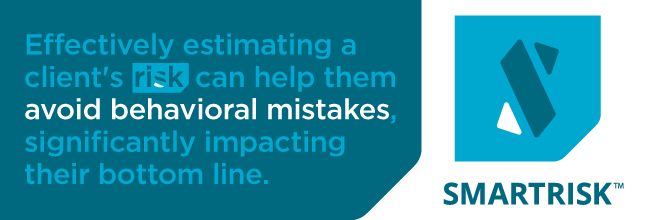By Ron Piccinini, PhD Director of Product Development How can you tell if someone went to Harvard? They will tell you within five minutes of meeting them, as the popular joke goes. Similarly, ask any freshly-minted finance MBA or CFA candidate about portfolio construction, and chances are high that you will hear about ‘beta’ in pretty short order. As most advisors know, beta is the key statistic in Modern Portfolio Theory (MPT), and has something to do with the volatility of a stock or asset class relative to the market. According to the Theory, the expected return of a stock depends solely on its sensitivity to the equity risk premium, a.k.a. ‘beta’. If your client needs a higher expected return on her portfolio, you should increase the allocation to ‘high-beta’ assets. Conversely, you should increase the portion of ‘low-beta’ assets for that hypothetical client seeking lower expected returns. In an informationally efficient market, high expected returns should not be available without taking high levels of risk, thus beta became a measure of risk along the way. If the only source of expected returns comes from an asset’s sensitivity to the market (beta), then only stocks with betas greater than 1.00 will provide greater returns than the market, and since risk and return go hand-in-hand, it follows that high-beta stocks are the riskier ones. Pretty simple isn’t it?
Read








